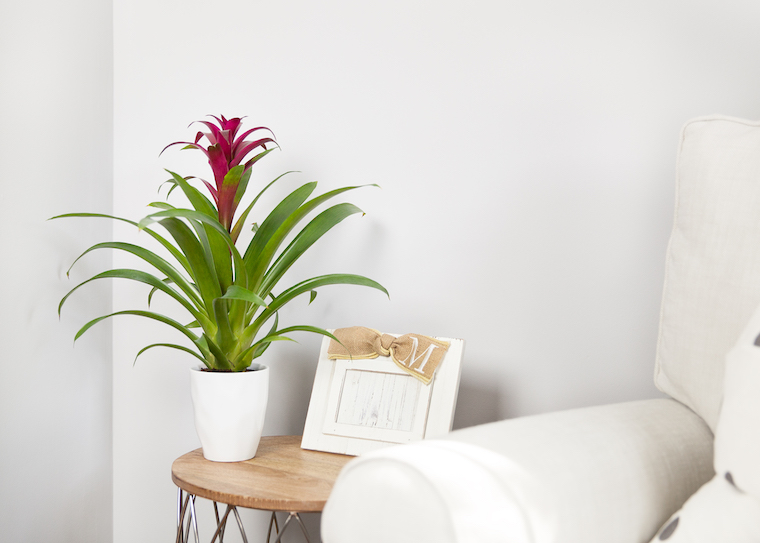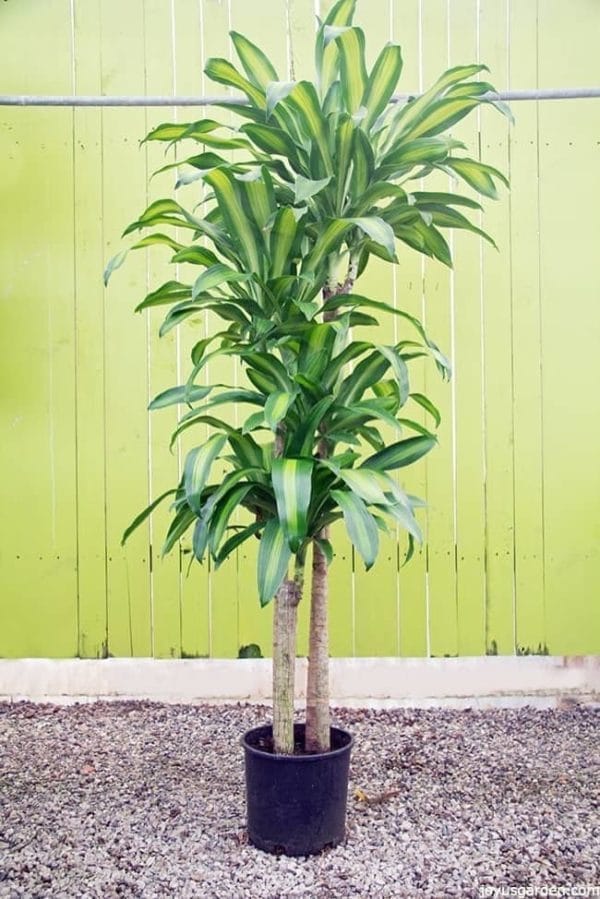How to Choose the Best Low-Light Indoor Plants for Your Interior Design Needs
How to Choose the Best Low-Light Indoor Plants for Your Interior Design Needs
Blog Article
Discover the Finest Low-Light Indoor Plants for Enhancing Your Home Design
Integrating low-light interior plants into your home design can dramatically improve both visual appeals and atmosphere, specifically in rooms that do not have abundant natural light. Selections such as the Snake Plant and ZZ Plant not just bring life to lower corners but additionally add to boosted air quality and overall wellness.

Why Pick Low-Light Plants
Why go with low-light plants in your interior areas? The contemporary living setting usually provides difficulties such as restricted natural light, making it challenging for traditional houseplants to thrive. Low-light plants are specifically adjusted to thrive and endure in these conditions, supplying a sensible option for individuals seeking to boost their interior areas without the included tension of keeping more light-demanding vegetation.
In addition to their strength, low-light plants contribute considerably to the aesthetic appeals of a room. Their varied variety of sizes, shapes, and colors permits one-of-a-kind interior design possibilities, creating inviting and lively atmospheres. Additionally, interior plants are known for their air-purifying top qualities, improving indoor air quality by releasing and filtering contaminants oxygen, which can enhance total well-being.
Low-light plants likewise call for minimal upkeep, making them particularly appealing to hectic individuals or those new to gardening. Their flexibility permits placement in various environments, from office to poorly lit corners of the home. By selecting low-light plants, you can take pleasure in the advantages of plant without the restrictions that typically come with conventional horticulture, ultimately fostering a healthier and much more aesthetically enticing indoor setting.
Leading Low-Light Indoor Plants
For those seeking to improve their indoor rooms with plant that flourishes in low-light problems, numerous plant alternatives stick out for their durability and aesthetic appeal. The Serpent Plant (Sansevieria trifasciata) is a prominent choice, known for its upright, sword-like fallen leaves and capability to endure disregard. This hardy plant can endure in dimly lit locations while enhancing indoor air top quality.
One more excellent choice is the Pothos (Epipremnum aureum), identified by its heart-shaped leaves and tracking creeping plants. When put on racks or hanging baskets., Pothos is not only adaptable to reduced light yet likewise offers a striking aesthetic comparison.
The ZZ Plant (Zamioculcas zamiifolia) is similarly outstanding, flaunting shiny, dark environment-friendly leaves that can brighten up any type of corner. Its drought resistance makes it perfect for hectic home owners.
Treatment Tips for Low-Light Plants
Just how can you make sure that your low-light indoor plants thrive regardless of minimal sunshine? First, choose the suitable potting mix that provides excellent drain while preserving dampness. A well-aerated dirt, such as a blend of potting soil and perlite, can assist protect against root rot.
Watering is crucial; low-light plants usually call for less regular watering contrasted to their sun-loving equivalents. Always check the top inch of the dirt-- if it really feels completely dry, it's time to water. Beware of overwatering, as this can result in fungal problems and root decay.
Fertilizing low-light plants should be done sparingly - Best low-light indoor plants. Utilize a well balanced, water-soluble plant food during the expanding season, however reduce or eliminate fertilization in the dormant months
Additionally, dirt can collect on fallen leaves, preventing photosynthesis. Gently clean the fallen leaves with a wet towel to keep them clean.
Lastly, observe your plants very closely. Indications of distress, such as yellowing leaves or leggy growth, can show Look At This that your plant requires adjustments in treatment (Best low-light indoor plants). By complying with these care pointers, your low-light interior plants can grow, adding beauty and vigor to your home
Imaginative Ways to Present Plants
Elevating the visual charm of your interior area can be attained by thoughtfully showing your low-light plants in innovative ways. Take into consideration utilizing upright area to your advantage; wall-mounted racks can display tracking plants like pothos or philodendron, including lushness while conserving floor space. Alternatively, utilize plant stands of differing elevations to develop visual interest and depth, attracting the eye upward.
Hanging planters are one more excellent choice, offering a significant effect when put on hold from the ceiling or hooks. Macramé wall mounts can introduce texture and bohemian panache, while contemporary ceramic wall mounts can fit a minimal visual. For a more ingenious technique, repurpose unique containers such as vintage teacups or glass containers, which can include personality to your display.
Grouping plants in collections is additionally efficient; look at more info usage differing pot dimensions and shades to create a cohesive look. This technique not only improves aesthetic influence yet also offers an all-natural environment feeling - Best low-light indoor plants. Lastly, take into consideration placing plants near light sources like windows or lights to optimize their growth and showcase their vivid foliage, thus improving the general atmosphere of your interior environment.
Advantages of Indoor Greenery
Countless research studies have actually shown that incorporating interior greenery into your living room uses a wide variety of benefits, boosting both psychological and physical well-being. Among one of the most significant benefits of interior plants is their ability to boost air quality. Plants take in carbon Get More Information dioxide and launch oxygen, producing a healthier ambience while additionally straining unsafe contaminants, therefore advertising respiratory health and wellness.
Furthermore, the visibility of plant has been connected to decreased stress degrees. Research study suggests that engaging with plants can decrease cortisol levels, which are related to tension. This calming impact can lead to enhanced mood and boosted efficiency, making interior plants an ideal enhancement to work areas.
Furthermore, interior plant can boost cognitive feature. Researches recommend that settings improved with plants can lead to enhanced focus, imagination, and overall mental clarity. The aesthetic charm of interior plants likewise adds to a more inviting and pleasant atmosphere, positively influencing social interactions and overall contentment within a space.
Verdict

Incorporating low-light interior plants right into your home décor can dramatically boost both appearances and environment, specifically in spaces that do not have abundant natural light. Selections such as the Serpent Plant and ZZ Plant not just bring life to dim edges but likewise contribute to improved air quality and general health. Indoor plants are recognized for their air-purifying qualities, improving interior air quality by filtering toxins and launching oxygen, which can boost general wellness.
For those seeking to enhance their indoor rooms with greenery that thrives in low-light conditions, a number of plant options stand out for their durability and visual charm. These resistant plants, such as the Snake Plant and ZZ Plant, flourish in dark conditions and require marginal upkeep, making them appropriate for different lifestyles.
Report this page